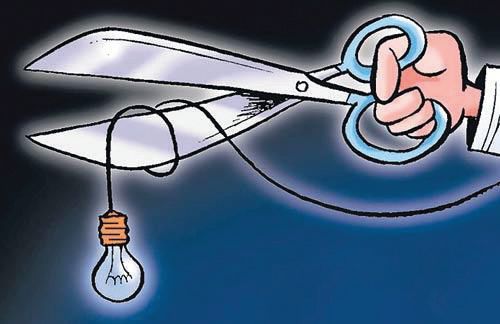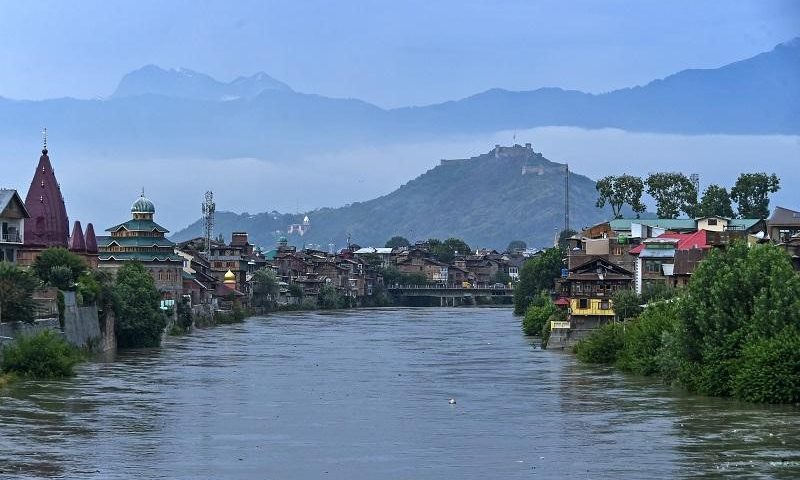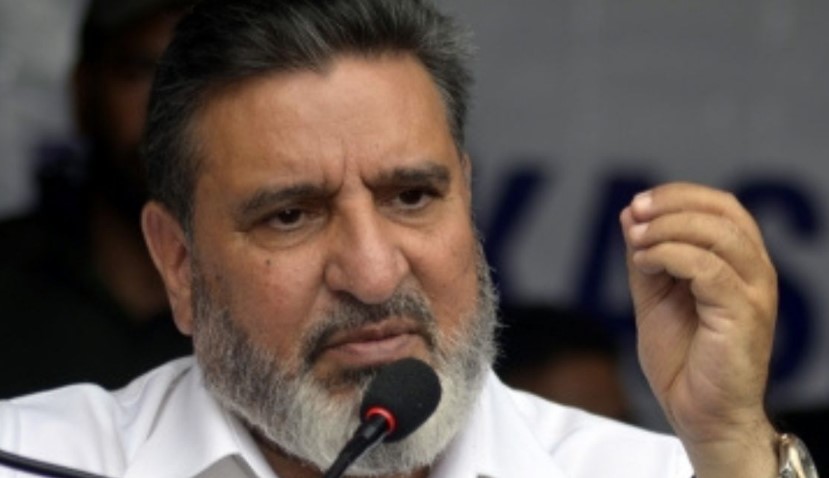Winter Woes: Battling Kashmir’s Power Crisis and a Long Wait for Smart Solutions
As winter chills grip Kashmir, a biting reality becomes even more pronounced – a chronic power crisis plaguing the Valley. Homes plunge into darkness for 12-14 hours daily, punctuated by unpredictable outages, adding a layer of hardship to the harsh seasonal realities.
Despite assurances from Kashmir Power Distribution Corporation Limited (KPDCL) that the smart meter project will eventually illuminate every corner, the wait seems agonizingly long for residents already shivering in poorly heated homes. While KPDCL cites a peak winter demand exceeding 2500 megawatts, with current supply hovering around 1600-1700 megawatts, many residents point to additional factors.
Allegations of non-payment and rampant power theft are met with counter-claims of a system stretched thin and excuses passed down from higher-ups. Siraj Ahmad, a Gulshan Nagar resident, speaks for many metered areas experiencing unscheduled cuts longer than the allocated slots. The financial impact adds to the frustration, with residents like Kashmir Hotel & Restaurant Association’s former president Siraj lamenting higher tariffs and questionable accountability within KPDCL.
Mohammad Owais of Lal Bazar describes the double whammy of 12-hour cuts, even in a metered area, combined with frigid nights. The high electricity tariff, further inflated by meter installation, adds to the bitterness. Residents like Bashir Ahmad of Gopalpora-Chadoora, willing to pay more for reliable power, feel cheated by the lack of improvement despite smart meters and insulated cables.
The crisis extends beyond Srinagar and Budgam, with villages like Tral grappling with even longer outages. Mohammad Yusuf, a Tral resident, laments the return of nighttime cuts, absent for years, leaving homes cold and devoid of hot water.Hadiyat, a student, echoes the struggle to focus on studies in the darkness and biting cold.
While KPDCL paints a picture of gradual improvement, with 22 feeders already upgraded and aiming for 40 by next month, it admits a complete turnaround hinges on Valley-wide smart meter and insulated cable installation – which could take “a couple of years.” This extended wait leaves many questioning the urgency and effectiveness of the proposed solution.
The power crisis transcends mere inconvenience; it impacts lives, health, and well-being. Access to hot water, crucial for daily routines in sub-zero temperatures, becomes a luxury beyond reach for many. Even traditional hot water tanks, once a reliable backup, have yielded to electric geysers rendered useless by the erratic power supply.
Youngsters struggle to study, and businesses struggle to function in the darkness. Shakeel Ahmad Khan of Daharmunah-Budgam sums up the resigned acceptance of many: 12 hours of power is all they expect this winter, with unannounced cuts adding to the uncertainty.
The battle against Kashmir’s power crisis demands more than technical fixes. It necessitates transparency, accountability, and a sense of urgency to alleviate the immediate suffering and ensure a future where winter isn’t synonymous with prolonged darkness and shivering nights.





